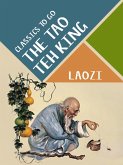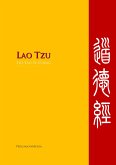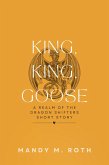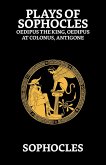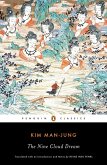The Tao Te Ching, Dao De Jing, or Daodejing, also simply referred to as the Laozi, whose authorship has been attributed to Laozi, is a Chinese classic text. Its name comes from the opening words of its two sections: dào way, Chapter 1, and dé virtue/power, Chapter 38, plus j?ng classic. According to tradition, it was written around the 6th century BC by the sage Laozi (or Lao Tzu, Old Master), a record-keeper at the Zhou Dynasty court, by whose name the text is known in China. The texts true authorship and date of composition or compilation are still debated, although the oldest excavated text dates back to the late 4th century BC.
The text is fundamental to the Philosophical Taoism (Daojia (Pinyin: Dàoji?)) and strongly influenced other schools, such as Legalism and Neo-Confucianism. This ancient book is also central in Chinese religion, not only for Religious Taoism (Daojiao (Pinyin: Dàojiào)) but Chinese Buddhism, which when first introduced into China was largely interpreted through the use of Daoist words and concepts. Many Chinese artists, including poets, painters, calligraphers, and even gardeners have used the Daodejing as a source of inspiration. Its influence has also spread widely outside East Asia, and is amongst the most translated works in world literature.
The Wade?Giles romanization Tao Te Ching dates back to early English transliterations in the late 19th century, and many people continue using it, especially for words and phrases that have become well-established in English. Daodejing is the pinyin romanization. The pinyin originated in the mid-20th century, and it is becoming increasingly popular, having been adopted as the official system by the Chinese government.
The text is fundamental to the Philosophical Taoism (Daojia (Pinyin: Dàoji?)) and strongly influenced other schools, such as Legalism and Neo-Confucianism. This ancient book is also central in Chinese religion, not only for Religious Taoism (Daojiao (Pinyin: Dàojiào)) but Chinese Buddhism, which when first introduced into China was largely interpreted through the use of Daoist words and concepts. Many Chinese artists, including poets, painters, calligraphers, and even gardeners have used the Daodejing as a source of inspiration. Its influence has also spread widely outside East Asia, and is amongst the most translated works in world literature.
The Wade?Giles romanization Tao Te Ching dates back to early English transliterations in the late 19th century, and many people continue using it, especially for words and phrases that have become well-established in English. Daodejing is the pinyin romanization. The pinyin originated in the mid-20th century, and it is becoming increasingly popular, having been adopted as the official system by the Chinese government.
Dieser Download kann aus rechtlichen Gründen nur mit Rechnungsadresse in A, D ausgeliefert werden.



